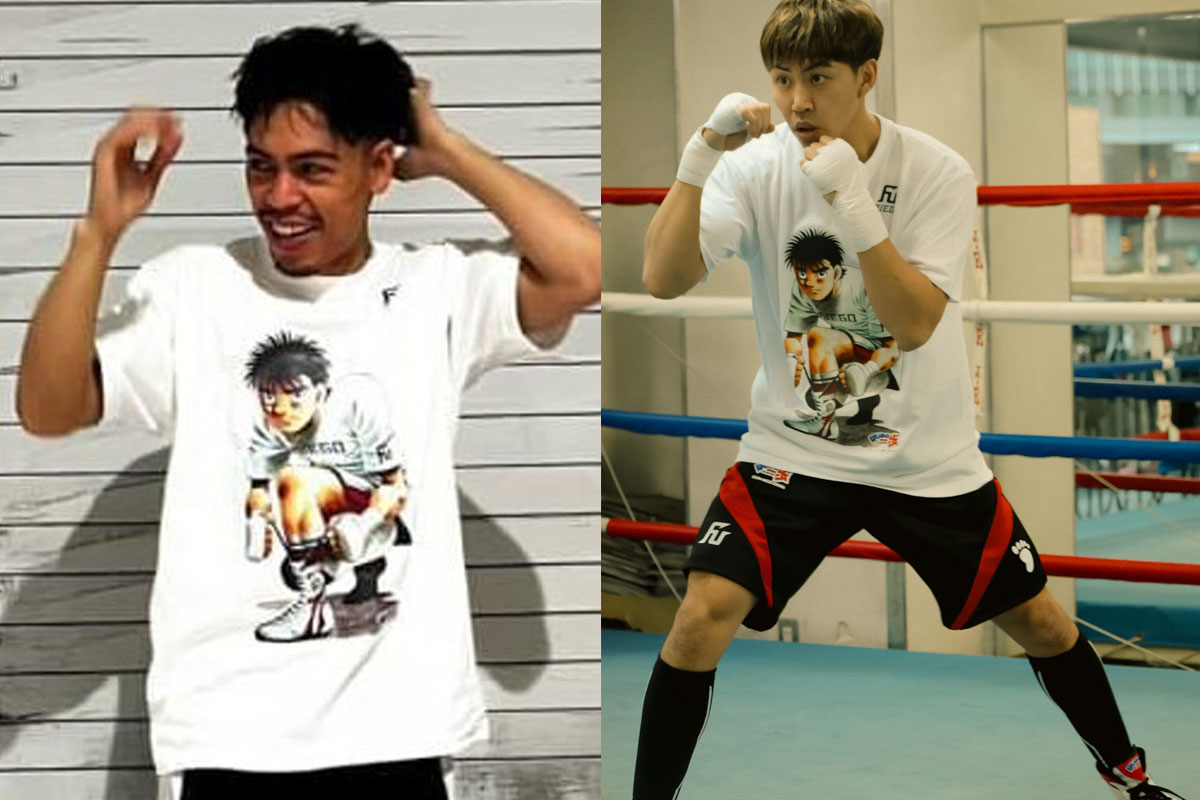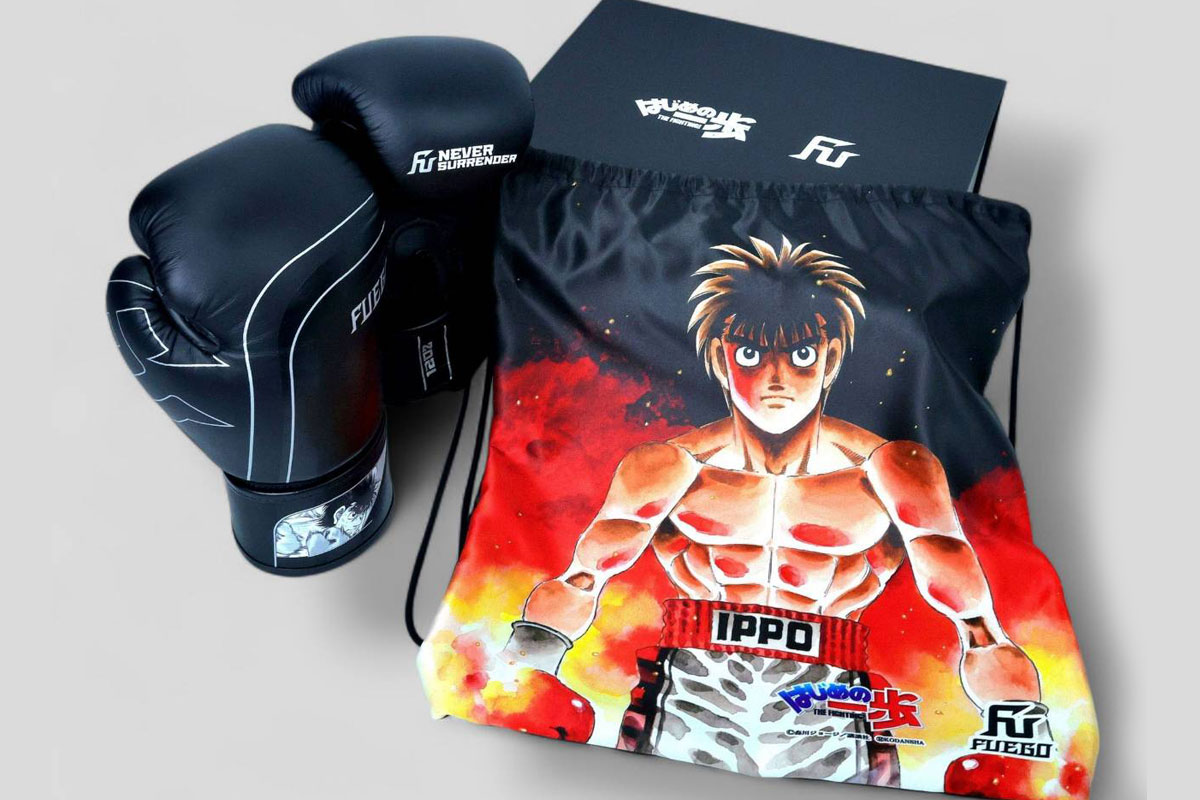BRAND
HISTORY

HISTORY
In the story of “FUEGO,” there are two main
protagonists.
Twenty-five years ago, a boy who admired the legendary wrestler Jushin Thunder Liger after
seeing him in a magazine began making his own wrestling masks by trial and error. His partner in
this endeavor was an industrial sewing machine he bought with money earned from delivering
newspapers.
"I just wanted people to wear them."
With that passion, he tried to sell his creations to Japanese wrestlers—but at just 14, his
earnest feelings weren't understood. So, in the spring of his 15th year, he headed alone to
Mexico, the sacred land of Lucha Libre. Through countless experiences and steady work, he slowly
earned the trust and appreciation of Mexican wrestlers. His enthusiasm eventually reached
Japanese wrestlers too, and today, FUEGO even extends into the worlds of kickboxing and
boxing.
Meanwhile, another key figure in the brand is his steadfast partner. She was a hardcore
video-game enthusiast since elementary school and was greatly influenced by game creator Kazuma
Kaneko. She fell in love with character design and the way concepts could be expressed visually.
The sleek lines and sharply cinched silhouettes seen in FUEGO’s designs strongly reflect her
aesthetic influence.
"I’m creating heroes."
With a focus on each athlete’s persona, they infused FUEGO’s unique style into the
once-rough-and-tumble world of pro wrestling and combat sports.
Although they share the same dream, their personalities and philosophies are polar opposites.
One is idealistic, the other realistic. They’ve clashed time and again—but because their passion
for their dream is real, these creative sparks were essential to the brand’s growth.
FUEGO’s strength lies in balancing high entertainment value with practical functionality.
Drawing on their accumulated know-how and production skills, they uphold the fighting spirit
of“Never Surrender”
Their work is built around tailoring outfits with meaningful stories and concepts that honor
each athlete’s individual character. As they mark their 25th anniversary, they’re expanding into
all areas of sports gear—and driven by unstoppable passion, they continue to set their sights
even higher, aiming to be loved by athletes everywhere.

 Family office era
Family office era


He approached Japanese wrestlers directly, but was repeatedly turned away. Undeterred, at age 15 he traveled alone to Lucha Libre’s mecca in Mexico and began pitching his brand to Mexican wrestlers.


As his creations gained popularity in Mexico, he expanded beyond masks to full costumes. His reputation grew, and he secured commissions from many luchadores.
Eri Saitō
While enrolled in a prestigious economics department at a Kansai university, she discovered pro wrestling. Drawn to its flashy costumes and presentation, she began supporting student wrestling with character production and costume design—purely driven by passion, not formal training.
When the renowned Mexican wrestling promotion AAA toured Japan, he designed costumes for their wrestlers. His Mexico-earned reputation quickly spread among Japanese wrestlers as well.


After graduating, she joined a major trading firm as a salesperson, while freelancing in pro wrestling costume design. As demand grew, balancing the two became difficult.
A baseball glove fanatic, he worked at a glove factory while continuing mask-making. As pro wrestling orders increased, he met his partner, Saitō, and officially decided to build FUEGO together.
Eri Saitō
Planning to quit costume design, she visited Lucha Libre’s mecca in Mexico as a final memento. But witnessing live fights reignited her passion. She resigned after returning to Japan and launched her freelance career fully. As her ambitions grew, she met Tanno while seeking further skill development.



 Nara Heights era
Nara Heights era



 Moved to Higashi-Osaka
Moved to Higashi-Osaka

 Moved to Chuo-ku, Osaka
Moved to Chuo-ku, Osaka
















At 14, inspired by Liger’s wrestling mask in a magazine, he taught himself to sew in a small room at home. He saved up from a newspaper delivery job and bought an industrial sewing machine. The brand name “FUEGO” is Spanish for “fire,” inspired both by his name “Tanno” and by Mexico’s masked wrestlers.
Eri Saitō
A dedicated gamer since childhood, she fell in love with the worldview of games like Shin Megami Tensei. She studied character design by poring over artbooks.